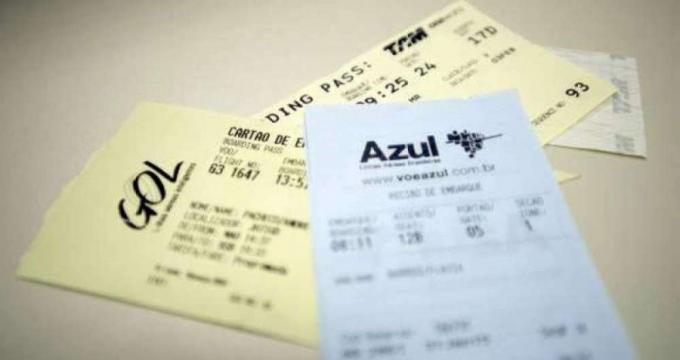When we closely analyze the process of formation of the Republic in Brazil, we soon realize that the new The regime was instituted by the force of a minority, separated from the absolute majority of the population. Brazilian. Members of the military forces and a restricted group of intellectuals have discussed, since imperial times, the justifications that would support the creation of a Republic in Tupinikim lands. Among other arguments, the concept of modernization and positivism had great prominence.
Arriving in 1889, the consolidation of a Republic formed by a coup devoid of any popular support made room for the occupation of a gap. After all, even if it presented its problems, the extinction of the Empire created a vacuum in the national political imagination. Thus, the defenders of the new government went out in search of the constitution of a past capable of establish the republican utopia as an ideal that materialized through the force of an experience given to the over time.
At first, we observe that the republicans determined the reconstruction of our symbology with the design of a new flag, the creation of new anthems and other coats of arms to support our break. Freedom and love for the nation, the result of a clear influence of French republicanism, combined with the idea of that the republic kept within itself the characteristics of ordering indispensable to development national. Not by chance, our banner suggests: “Order and Progress”.
Parallel to this symbology, the republicans also carried out a particular reading of the past that also helped in the formation of that same positive image. If on the one hand the elderly figure of D. Pedro II presented the collapse of the monarchy, the image of his young and fearless father, D. Pedro I, stressed the strength of the first step taken with independence. With this, the past was reconstructed differently in order to consolidate the republican experience with the consummation of old aspirations.
In this respect, Tiradentes can be seen as one of the most important figures who had his representation manipulated in order to strengthen our Republic. Having served as a military man, the ensign would make the suggestion that the military classes have always been in defense of matters of national interest. At the same time, being represented under the figure of an almost messianic martyr, Tiradentes is seen as the shaper of a patriotic ideal in which the nation placed itself before life itself.
When thinking about and offering the model of the nation - whether through the construction of symbols, heroes or stories - the Republican leaders once again showed the existence of a process given “from above to low". On the one hand, we see that many of the interpretations of our historical figures were tied to this reconstruction effort given in the First Republic. On the other hand, our persistent distrust of our political representatives exposes the flaws of this situation developed over time.
By Rainer Sousa
Master in History
Source: Brazil School - https://brasilescola.uol.com.br/historiab/a-construcao-simbolica-republica.htm

